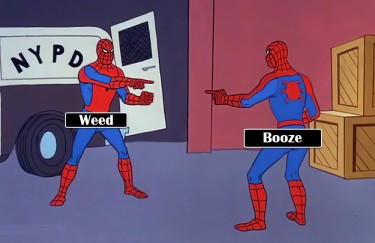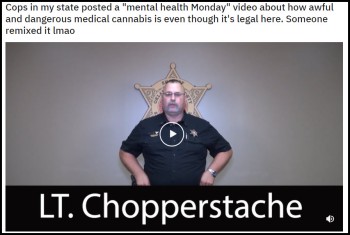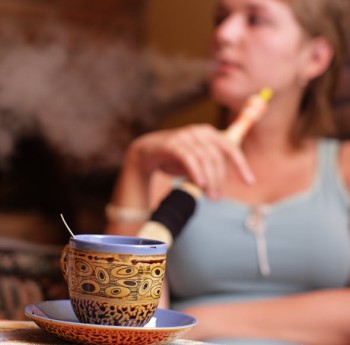A Closer Look at the Seasonal Trends of Cannabis Smoking

When do people smoke more weed? What season do they smoke less? Pre-legalization, it would have been nearly impossible to have figured this out, but fortunately – in a Post-Prohibition world, we get to take a look at different data sets to figure out questions no-one may have been asking – but will damn certainly get an answer!
A new study published in “The Journal of Drug and Alcohol Dependence” found that as the year progressed, cannabis consumption increased. In other words, in January – the least amount of people smoked weed, and It progressively increased until December.
The major increase of cannabis consumption typically started in the Summer times and kept on raising until the end of the year. How much consumption-increase are we talking about? According to the research, they were seeing an average of 13% increase throughout the year.
But what does this all mean?
Obviously, this study was funded by NIDA and we know that NIDA seeks to classify all drug use as pathological. Thus, the aim for the researchers were attempting to identify the best times to run “anti-drug” campaigns as well as when the most optimal times would be to “quit” if you’re going to be doing that sort of thing.
For cannabis businesses, the data lets them know when there is a higher demand for cannabis products and how they should potentially implement their marketing campaigns throughout the year.
Researchers speculate that the reason there is such a low consumption rate during January is strongly correlated with New Year’s resolutions and what some refer to as “Dry January”.
“We found that marijuana use is consistently higher among those surveyed later in the year, peaking during late fall or early winter before dropping at the beginning of the following year. We think this may be due, in part, to a ‘Dry January’ in which some people stop drinking alcohol or even stop using marijuana as part of a New Year’s resolution,” said Joseph Palamar, PhD, MPH, an associate professor of population health at NYU Grossman School of Medicine, an affiliated researcher with the Center for Drug Use and HIV/HCV Research (CDUHR) at NYU School of Global Public Health, and the study’s lead author. “We’re now in the time of year when people are the least likely to use marijuana.” - Source
The data was collected from 282,768 surveys between 2015-2019 where respondents talked about their cannabis use. Of course – this was collected from various different surveys, and so the researchers had to fish for particular data trends to extrapolate the information.
What about demographics?
While in many cannabis related studies – we can see some differences between the sexes, however – when it comes to abstinence and sub sequential consumption-increase – there was no difference between age or sex. In fact, most of the data seemed to be uniform across all demographics.
This echoes what happens with most other drug use and alcohol consumption as well.
Why do people stop consuming in January?
Typically, at the end of a year people contemplate their existence. One of the major things they do is to “cut down or cut out” certain habits they believe to be their vices or deterrents for personal development.
It could also be related to personal economy. After December, people are pretty much tapped out when it comes to their spending. Habits like smoking weed are usually the first to suffer when it comes to “cut backs”.
Considering that cannabis has no to “mild” withdrawal symptoms for the grand majority of people – a “cleanse” is sometimes coveted by stoners. I know in my case, I take personal cleanses throughout the year and now, as I wait for my next stash to dry and cure – I am not partaking all that much either.
In fact, a “T-Break” can be one of the best things you can do and considering that many people are attempting to do the same – January seems like a great time to attempt a break.
Of course – if you’re a serious stoner, you’d probably be smoking all year long, but it’s good to know when most people are abstaining in the case you’d like to change things up a bit.
How should you use the data?
Depending who you are, the data will mean different things. For the cannabis business – it means that there are specific times when people will be buying more cannabis – typically in the middle to the end of summer. This means that you could slightly raise your prices due to a higher demand.
Conversely, lowering the price in January could help stimulate a slump in sales or beat out the competition during a more competitive month.
For consumers, it’s the difference between knowing when to take a T-Break or not, when to stock up on reefer and how to play the cannabis “price” game.
MARKETING AND TRENDS, READ MORE...
CANNABIS SALES AND BOOZE SALES ARE MIRRORING EACH OTHER!
OR..
THE 9 TYPES OF CANNABIS CONSUMERS - WHO DO YOU MARKET TO?









